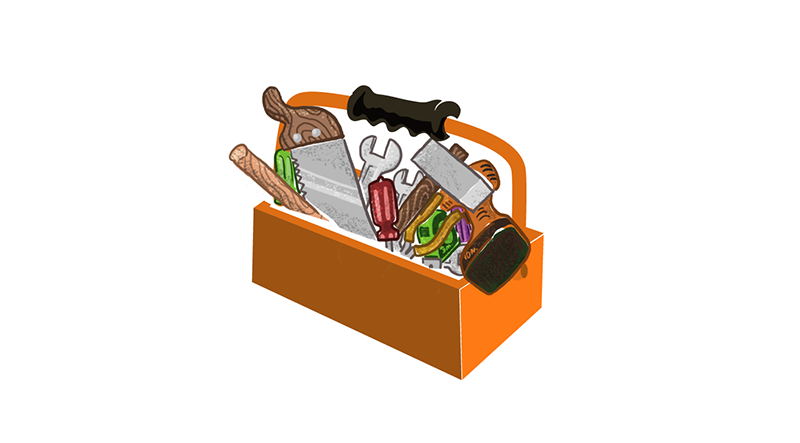Teaching as a whole-school approach
Living Democracy » Principals » LEARNING » Action » Teaching as a whole-school approachTeaching together (Living Democracy Vol. I, Educating for democracy, pp. 110 f.)
http://living-democracy.com/textbooks/volume-1/part-2/unit-5/chapter-2/lesson-10/
Apart from team teaching, teachers are alone in their classes. Over time they may develop blind spots in their interaction with students, and these can only be detected by peer supervision. A teacher may need support in doing his job. Student feedback is always helpful, but feedback by peers has a different quality, as peers adopt a professional perspective on an equal eye level. For this reason, teachers frequently shy away from opening their classes to peer visitors. The following guideline may help to encourage teachers to give peer supervision a try (see Living Democracy Vol. I, Educating for democracy, p. 111 https://www.living-democracy.com/textbooks/volume-1/part-2/unit-5/chapter-2/lesson-11/).
| Size of the team: | Three teachers form a team for peer feedback. |
| Organization: | The teachers visit each other twice in class during the school year, so each teacher is visited twice by two peers and attends four lessons as observer. The teams are responsible for planning their visits, taking their timetables and schedules into account. After the lesson, the teacher shares his view of the lesson, and the visiting teachers give feedback. |
| Subject relevance: | Teachers observe each other’s EDC/HRE lessons. It is not necessary that they teach the subject themselves. |
| Composition of group: | Sympathy and trust are important when forming teams for peer supervision. It should be clear that what peers see in class is confidential. |
| Principal’s task: | The principal’s role is to keep track of the minimum number of visits within a team. The principal should not get involved discussions about teaching issues. |
| Thematic focus: | The questions that can be the focus points of these peer visits can arise out of different interests or relations: a) a teacher wishes to receive feedback on a certain question, b) a new curriculum, method or activity has been introduced and should be evaluated or c) pedagogical principles (for example, formulated in the school’s program or profile) should be evaluated. |


